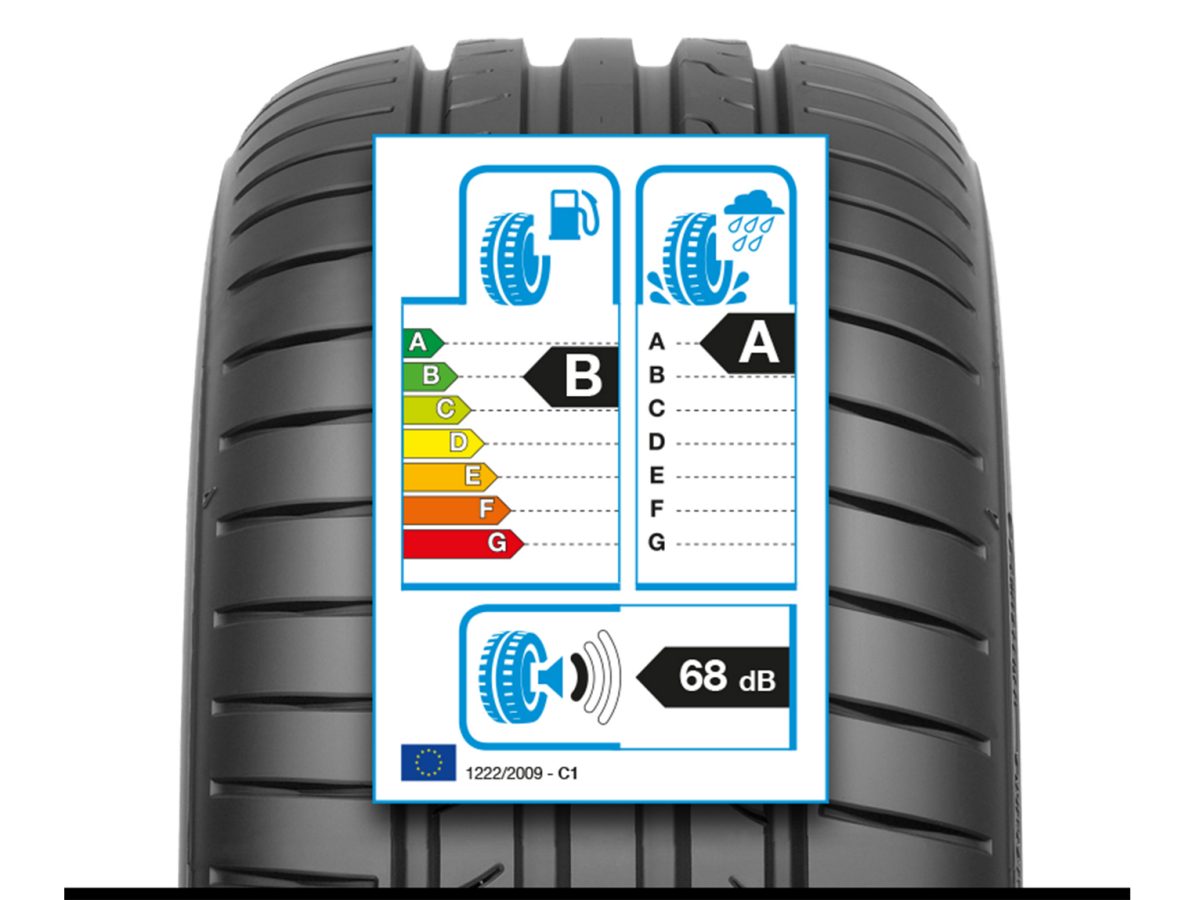American premium tire maker Mastercraft Tires, a subsidiary of Cooper, has unveiled the newMastercraft Courser CXT premium tire for light trucks. The novelty is distinguished by increased performance on the road and off-road, durability and long service life.
Deep multidirectional lamellas and a high content of silica in the rubber mixture contribute to increasing the grip of the tire on wet roads and in winter conditions. The design of the Mastercraft Courser CXT tread consists of large elements that help withstand excessive wear while increasing strength and durability.
The large surface area of the blocks provides increased traction on all types of pavement and wear resistance. The optimized void ratio of the tread pattern provides excellent traction and increased cross-country ability and at the same time improves comfort and sensitivity when driving on the highway.
The reinforced design of the shoulder and the upper part of the sidewall with traction blocks also increases off-road traction characteristics and, together with the characteristics of the rubber mixture, protects the side walls from abrasion and mechanical damage. Situated on large external tread blocks, mud-scoop mud buckets increase the reliability of the Mastercraft Courser CXT on heavy off-road vehicles, give the tires a more aggressive look, improving the appearance of almost any light truck, says Mastercraft Tires. Learn more at mastercraft courser cxt reviews.
The new Mastercraft Courser CXT tires are all-weather marked M + S and will be available in 29 sizes with a bore diameter of 15-18 and 20 inches and a speed index Q (up to 160 km / h).

It is sometimes when we change the tires of our car that we notice that our fuel consumption has changed. Often unknown to the general public, the influence of tires on the fuel consumption of a vehicle is real! Tires are one of the main factors in saving fuel for your vehicle. According to the manufacturer, they could represent up to 20% of consumption.
LOW ROLLING RESISTANCE = LOW FUEL CONSUMPTION
Some tires consume more fuel than others because of their high rolling resistance. A tire that drives well spends less energy. The lower its rolling resistance, the less fuel it will consume. This ratio is optimized according to the aerodynamic resistance of the tire, its weight, its structure, the shape of the tread, etc.
In order to be properly informed about this indicator, the European label allows you to assess a tire by its energy rating. Divided into 6 steps (from A to G) you will be able to know in which energy-consuming section your tire is located. Those who consume the most fuel are rated G or F, while the most economical will be located towards the letter A.
Above, the estimate of excess consumption based on the tread of your tire. You will notice that the letter D is missing from the label: located in the middle, it is considered as "neutral".
Make a free website with Yola